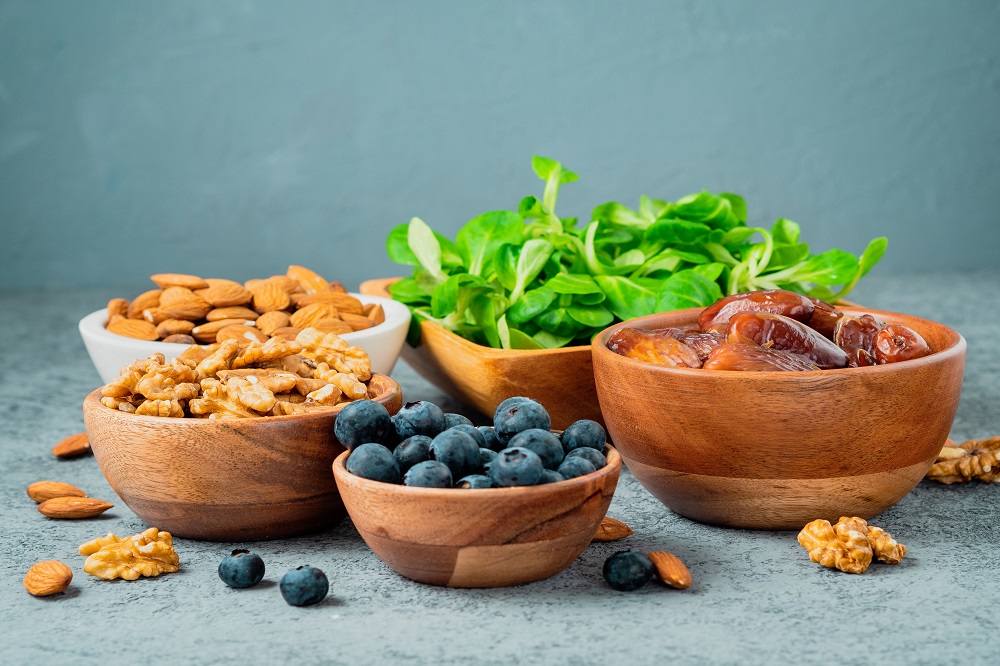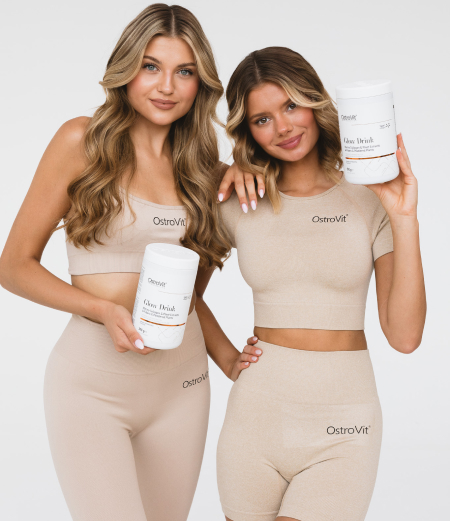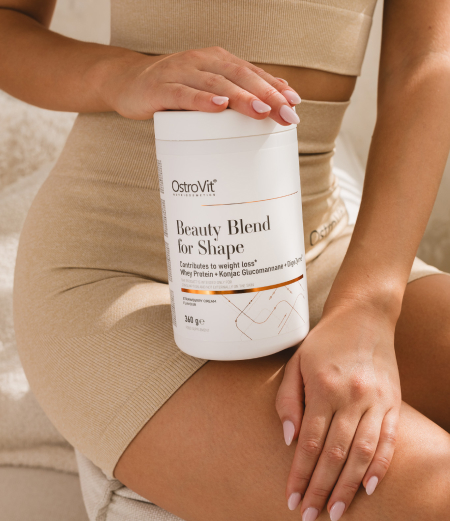
Functional training includes exercises that support the body while performing activities of daily living. Functional exercises can be performed practically in any conditions.

Functional training includes exercises that support the body while performing activities of daily living. Functional exercises can be performed practically in any conditions.

A gluten-free diet excludes any products containing gluten from the daily menu. What can you eat on a gluten-free diet?

Superfoods are natural foods that provide the body with significant amounts of valuable ingredients. What are the most popular superfoods?
We produce the highest quality food supplements and dietary food in Poland. For more than 10 years our brand has gained a lot of fans, our products are sold in over 70 countries around the world. We are convinced that each capsule, tablet or measure of our product is the best advertisement for us. We try to meet the consumer requirements of both athletes and people who care about their health. We are constantly changing for you to strive for perfection!

It doesn't matter if you train strength and endurance sports or if you exercise recreationally. It doesn't matter if you want to support your physical struggle or simply diversify your diet. We create our product portfolio in such a way that everyone finds something for themselves. In our offer you will find a wide range of products, which we can include: high quality dietary supplements, well-known and valued nutrients for athletes, fat burners, whey proteins, rich sets of vitamins, tasty peanut butter, coconut oils, food oils, vegan products for the most demanding consumers and dietetic food. OstroVit is not only a supplement, but also a support for your daily diet!
